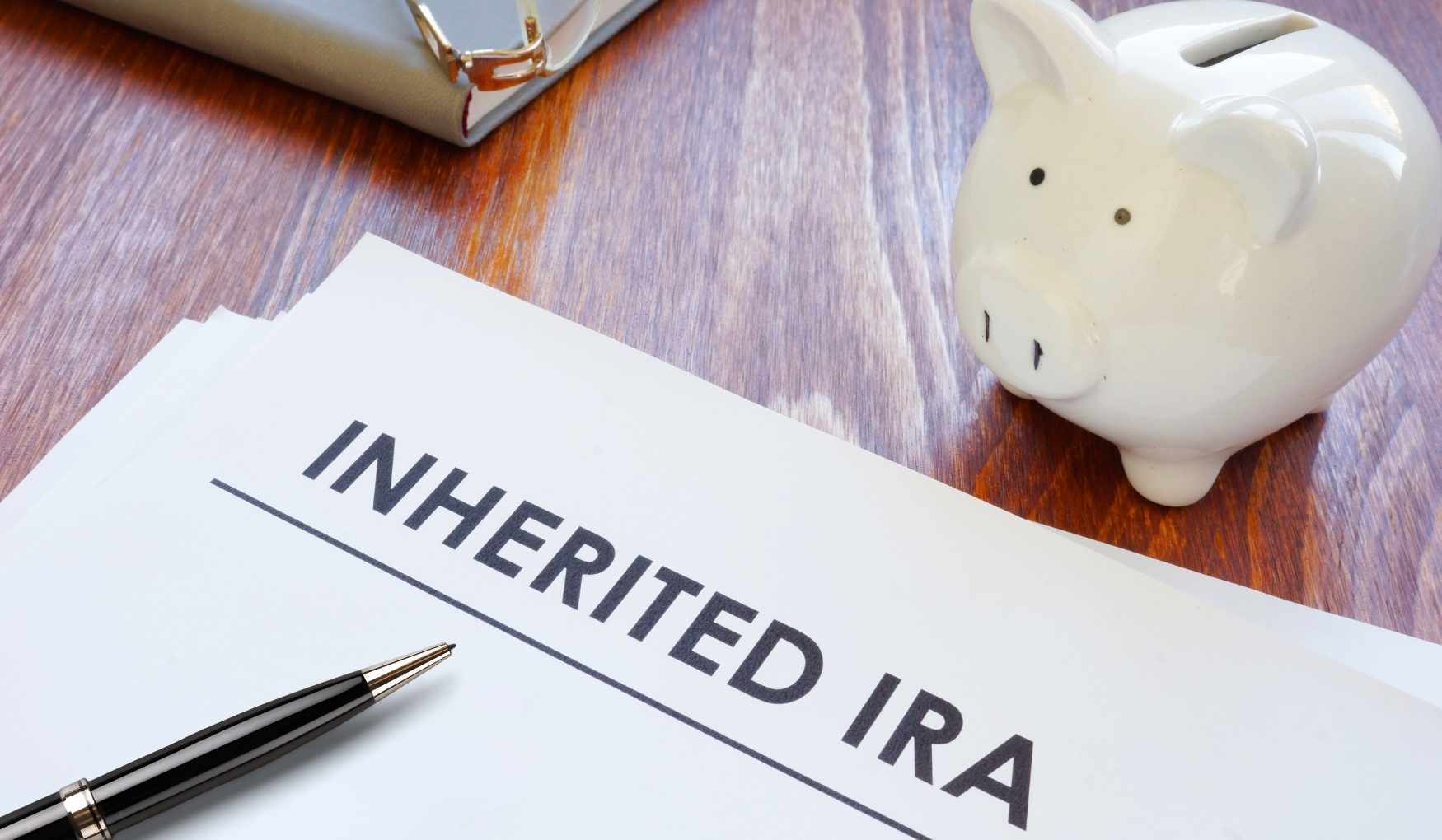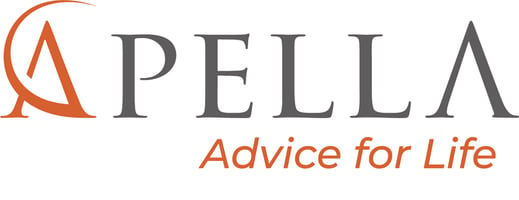Apella Wealth Blog

Making the Most of Your Beneficiary IRA
As baby boomers age, many find themselves the beneficiaries of a deceased parent or sibling’s Individual Retirement Account (IRA). Known as Inherited IRAs or Beneficiary IRAs, these assets present unique opportunities and challenges within one’s financial plan.
Pre-2020 Inherited IRAs
For IRAs inherited prior to 2020, beneficiaries could stretch required minimum distributions (RMDs) over their lifetime, allowing for extended tax deferral of invested assets, similar to a traditional IRA.1
Post-2020 Inherited IRAs
However, for IRAs inherited after 2020, the SECURE Act2 mandates that Beneficiary IRAs be fully distributed within 10 years, with exceptions for minor children, disabled and chronically ill individuals, and beneficiaries not more than 10 years younger than the original account holder. This 10-year rule forces withdrawals and tax payments sooner than a traditional IRA. The rule also applies to inherited Roth IRAs, resulting in a shorter time for these assets to grow tax-free. This change was implemented to help the government realize tax revenues sooner than under previous law.
Distribution Challenges
The challenge with a Beneficiary IRA lies in the timing of distributions and the resulting tax implications. While working, it’s crucial to avoid moving into a higher tax bracket when deciding on distribution amounts for any given year. For 2024, the IRS waived the RMD requirement for post-2020 Inherited IRAs, but RMDs are set to resume in 2025.3
Strategic Distribution Planning
When determining the best distribution strategy, it’s important to realize that RMDs will not deplete the account within 10 years, resulting in a large distribution in year 10 that will likely push you into a much higher tax bracket. The key to avoiding paying too much tax is to determine the optimal annual distribution for the remainder of the 10-year period. For those retiring within the 10-year window, focusing distributions beyond RMDs in the early years of retirement at potentially lower tax rates can be beneficial. This strategy may also allow for the deferral of Social Security until age 70 to garner higher benefits. Since the SECURE Act increased the RMD age to 73 (75 in 2033), Beneficiary IRA distributions will likely not coincide with Traditional IRA RMDs for those just entering retirement.
Tax-Bracket Optimization
If your income is unlikely to decline before the 10-year mark, there are still opportunities to save on taxes through “tax-bracket optimization.” This involves making distributions each year bringing you close to, but not over, the next tax bracket threshold. For example, if you are in the 22% federal bracket, there may be room to take additional income without moving into the 24% or 32% brackets. When making this analysis, consider Medicare’s income-related monthly adjustment amounts (IRMAA) if you are within two years of turning 65.
Conclusion
Everyone’s situation is unique. However, with some knowledge and the guidance of a skilled advisor, a Beneficiary IRA can be distributed in a tax-efficient manner to benefit your overall financial plan for years to come.
Sources:
- 2020 Publication 590-B
- What Is the SECURE Act and How Could It Affect Your Retirement?
- IRS sets 2025 for final RMD rules extends 10-year rule relief
- Retirement plan and IRA required minimum distributions FAQs | Internal Revenue Service
- Retirement topics - Beneficiary | Internal Revenue Service
Disclosures:
Apella Capital, LLC (“Apella”), DBA Apella Wealth is an investment advisory firm registered with the Securities and Exchange Commission. The firm only transacts business in states where it is properly registered or excluded or exempt from registration requirements. Registration with the SEC or any state securities authority does not imply a certain level of skill or training. Different types of investments involve varying degrees of risk, and there can be no assurance that the future performance of any specific investment, investment strategy, product or any non-investment-related content made reference to directly or indirectly in this material will be profitable, equal any corresponding indicated historical performance level(s), be suitable for your portfolio or individual situation, or prove successful. Due to various factors, including changing market conditions and/or applicable laws, the content may not be reflective of current opinions or positions. Please note the material is provided for educational and background use only. Diversification seeks to improve performance by spreading your investment dollars into various asset classes to add balance to your portfolio. Using this methodology, however, does not guarantee a profit or protection from loss in a declining market. Past performance does not guarantee future results. All data is from sources believed to be reliable but cannot be guaranteed or warranted.
No current or future client should assume that any discussion or information contained in this material serves as the receipt of, or as a substitute for, personalized investment advice. As with any investment strategy, there is the possibility of profitability as well as loss.
Apella Wealth does not provide insurance services or legal advice and nothing either stated or implied here should be inferred as providing such advice.
Related Articles
Location, Location, Location.
Location of your assets matters, both for you and your heirs. Optimal asset location is a crucial...Tips for Avoiding Taxes on Inherited Health Savings Accounts
The tax benefits of contributing to a Health Savings Account1(HSA), if you are covered by a high...
